Heading out the door? Read this article on the new Outside+ app available now on iOS devices for members! Download the app.

A big juicy steak, a small baked potato and a serving of overcooked green beans. If this sounds like the dinners you’re used to, you’ve got the ratio of animals to vegetables all wrong.
“When it comes to your plate, 75 percent by volume should be veggies,” says Mark Hyman, M.D., director of the Cleveland Clinic’s Center for Functional Medicine, chairman of the board of the Institute for Functional Medicine, founder and director of The UltraWellness Center, and 10-time New York Times best-selling author of books such as Food: What the Heck Should I Eat? (Little, Brown and Co., 2018) and Eat Fat, Get Thin (Little, Brown and Co., 2018). “Our hunter-gatherer ancestors ate more than 800 varieties of plants. Because they foraged far and wide, they typically ate a range of wild plants of all different colors. In other words, they ate the rainbow and you should, too.”
A Garden of Benefits
Hyman explains that Americans don’t eat nearly enough nutrient-rich veggies, instead favoring conventionally raised meat. Though veggies cannot deliver pristine health all on their own, he shares three compelling reasons to make them the bulk of your diet:
- The vast, colorful spectrum of vegetables represents more than 25,000 beneficial chemicals. Research shows that the synergistic balance of these chemicals provides countless health benefits.
- Plants are your only source of fiber, which is fertilizer for the good bacteria that make up the internal garden in your gut. Fiber keeps digested food moving smoothly through your system, prevents cancer and heart disease, and helps you lose weight.
- Vegetables are your only source of phytonutrients (phyto meaning plants), a group of chemicals essential to vibrant health that protect us from cancer, inflammation, infection, heart disease, autoimmune disease and a long list of other chronic ailments.
6 Tips for Reconfiguring Your Plate
You can’t go wrong heeding the age-old advice, “Eat your vegetables.” But according to Hyman, this doesn’t go far enough. So how can you rearrange your dinner plate when you’re not used to eating this way? Hyman suggests the following:
Follow the 3-to-1 Rule
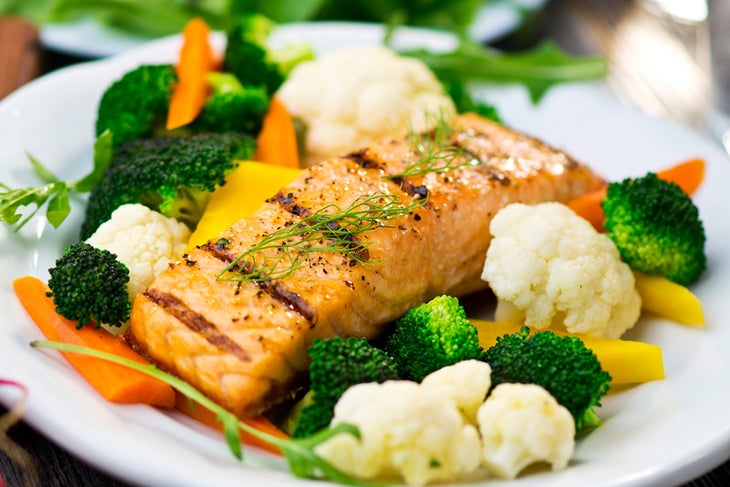
Non-starchy vegetables like spinach, asparagus, broccoli and kale should make up 50 to 75 percent of your plate. Pair that with a small portion of high-quality, grass-fed, organic animal protein as a “condi-meat.”
Select Slow Carbs
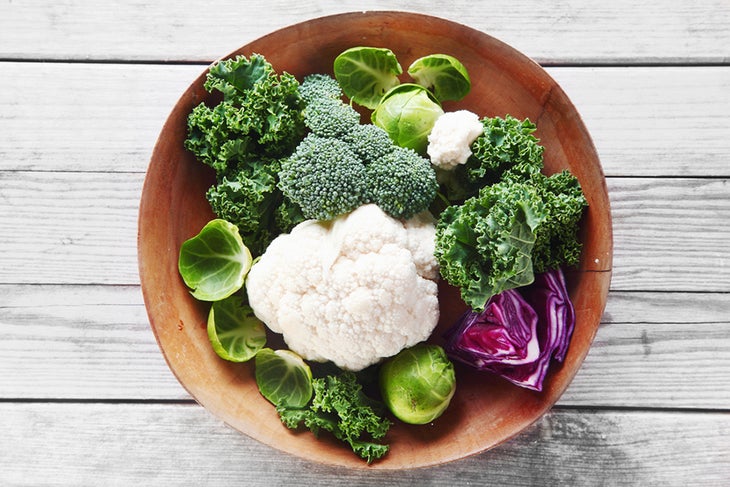
When choosing veggies, pick the ones that won’t cause a quick spike in your blood sugar. The healthiest choices, such as leafy greens, broccoli and peppers, are considered slow carbs and will barely increase your blood sugar at all.
Wash and Massage
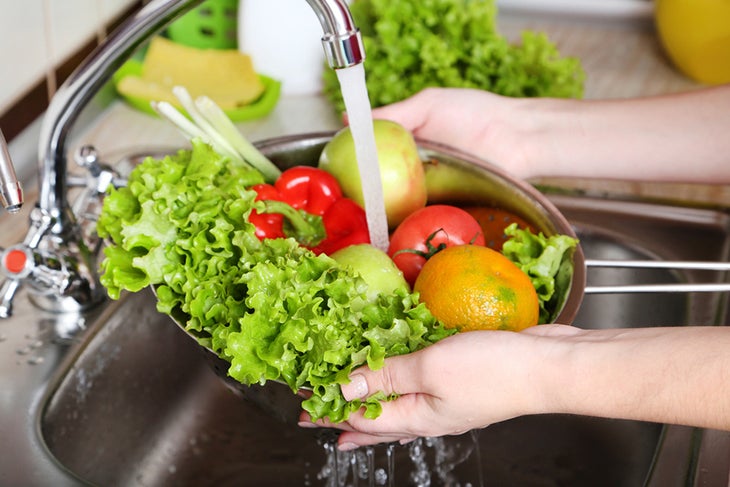
Always wash non-organic produce thoroughly to rinse away as much pesticide as possible. Friction helps remove contaminants from the surface of your produce, so don’t just rinse them. Rub them. You also can use a vegetable brush. Some suggest washing in a dilute solution of 3 percent hydrogen peroxide. You can be less meticulous with organic.
Don’t Overcook
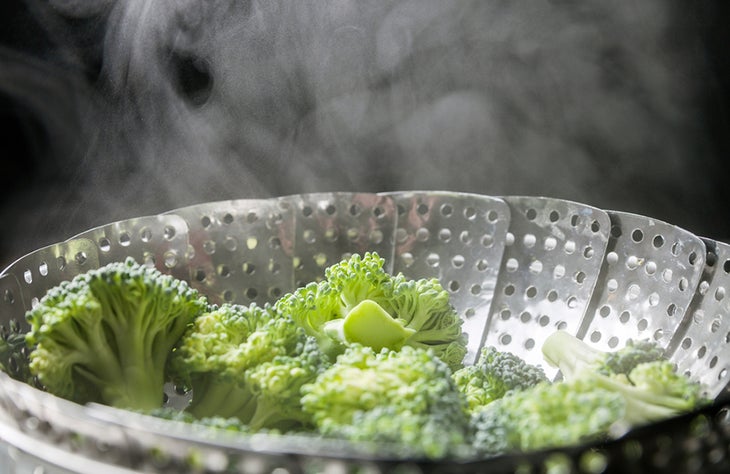
Overcooking your veggies leads to loss of nutrients, taste and texture. Try sautéing or lightly steaming them for a few minutes.
Get Familiar

If you don’t like veggies, you probably don’t know how to cook them. Don’t be afraid to use recipes or follow YouTube videos that show you how to cook them to perfection.
Get Creative
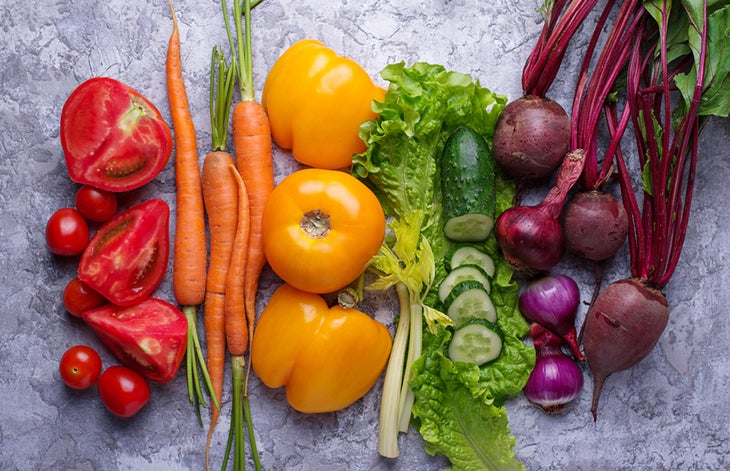
To help widen your variety of veggies, don’t be shy about experimenting with produce that you’ve never had before. It can make time in the kitchen more fun, too. Need more motivation? Create a color wheel and literally check off how many colors you’ve eaten in a day. This works especially well with kids.
“Our ancestors didn’t have drugs or pills. They ate their medicine in the form of plants,” Hyman says. “All my patients eat a phytonutrient-rich diet. That’s the first step they take and the most important step, too. Eat the food that God made, and leave the food that man made. Eating real, whole food becomes simple when you follow this principle.”